Violence Reduction Units
Violence Reduction Units (VRUs) are a key part of the Government’s work to tackle serious, violent crime across Britain.
VRUs aim to bring together police, local government, health providers, community leaders and other organisations to address violent crime.
They do this by trying to understand the root causes of crime and by providing a coordinated response to it.
Violence is defined as any offence, which causes significant harm to individuals and communities. It includes homicide, assault with intent to cause serious harm and malicious wounding.
The Government’s plan to beat serious, violent crime is set out in the Beating Crime Plan.
What do VRUs do?
VRUs take a whole system approach to reducing violence. This means, they do the following:
- Work with and for communities;
- Focus on a defined population;
- Are not bound by organisational or professional boundaries;
- Focus on finding long and short-term solutions;
- Base their work on evidence to implement interventions that work;
- Look for evidence of effectiveness in tackling the problems;
- Develop partnership strategies that deliver sustainable solutions.
What must VRUs deliver?
VRUs are required by the Government to produce the following:
- A problem profile (or Strategic Needs Assessment). This identifies the nature, scale and drivers of serious violence in the local area. It also looks at the individuals and groups of people most affected by it;
- A response strategy, which describes the multi-agency response to tackling the drivers of crime and reducing serious violence.
- An evaluation to show the impact of their work and to highlight any challenges faced by the VRU.
